Filter News
Area of Research
News Type
Media Contacts
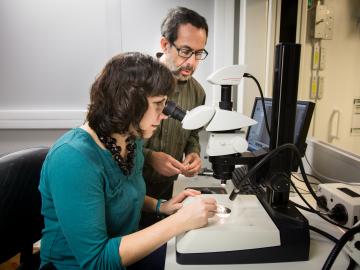
Scientific discovery can come from anywhere, but few researchers can say the answers to their questions would come from the pea-sized bones in the head of a six-foot-long, 200-pound prehistoric freshwater fish.
In a unique pairing of biology and neutron science, researchers from...

Scientists are only beginning to understand the laws that govern the atomic world. Before the 1950s the electrons, neutrons, and protons comprising atoms were the smallest confirmed units of matter.

The recently discovered element 117 has been officially named "tennessine" in recognition of Tennessee’s contributions to its discovery, including the efforts of the Department of Energy's Oak Ridge National Laboratory and its Tennessee collaborators at Vanderbilt University and the University of Tennessee.
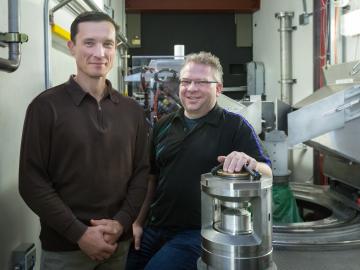
Unexpected results from a neutron scattering experiment at the Department of Energy’s Oak Ridge National Laboratory could open a new pathway for the synthesis of novel materials and also help explain the formation of complex organic structures observed in interstellar space.
I...
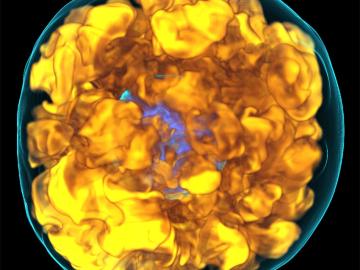
The U.S. Department of Energy’s Office of Science announced 55 projects with high potential for accelerating discovery through its Innovative and Novel Computational Impact on Theory and Experiment (INCITE) program. These awards allocate the multi-petascale computing resources at Argonne and Oak Ridge National Laboratories, two of America’s most powerful supercomputers dedicated to open science.
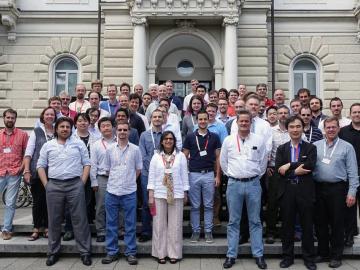
Leaders in hybrid accelerated high-performance computing (HPC) in the United States (U.S.), Japan, and Switzerland have signed a memorandum of understanding (MOU) establishing an international institute dedicated to common goals
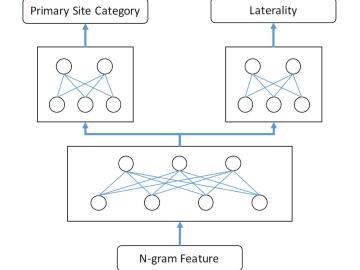
Despite steady progress in detection and treatment in recent decades, cancer remains the second leading cause of death in the United States, cutting short the lives of approximately 500,000 people each year.
To better understand and combat this disease, medical researcher...
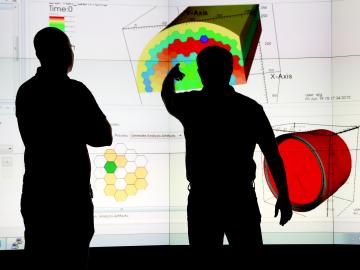
The gap between the computational science and open source software communities just got smaller – thanks to an international collaboration among national laboratories, universities and industry.
The Eclipse Science Working Group (SWG), a global community for indivi...
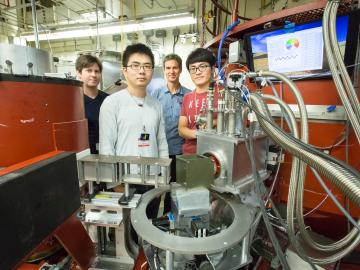
For the first time since 2011, scientific users of Oak Ridge National Laboratory’s High Flux Isotope Reactor were able to take advantage of a seventh cycle, allowing for 25 extra days of neutron production and available time for new experiments on HFIR’s 12 beam lines in fiscal ye...
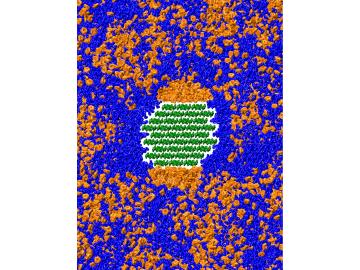
Lignocellulosic biomass—plant matter such as cornstalks, straw, and woody plants—is a sustainable source for production of bio-based fuels and chemicals.




